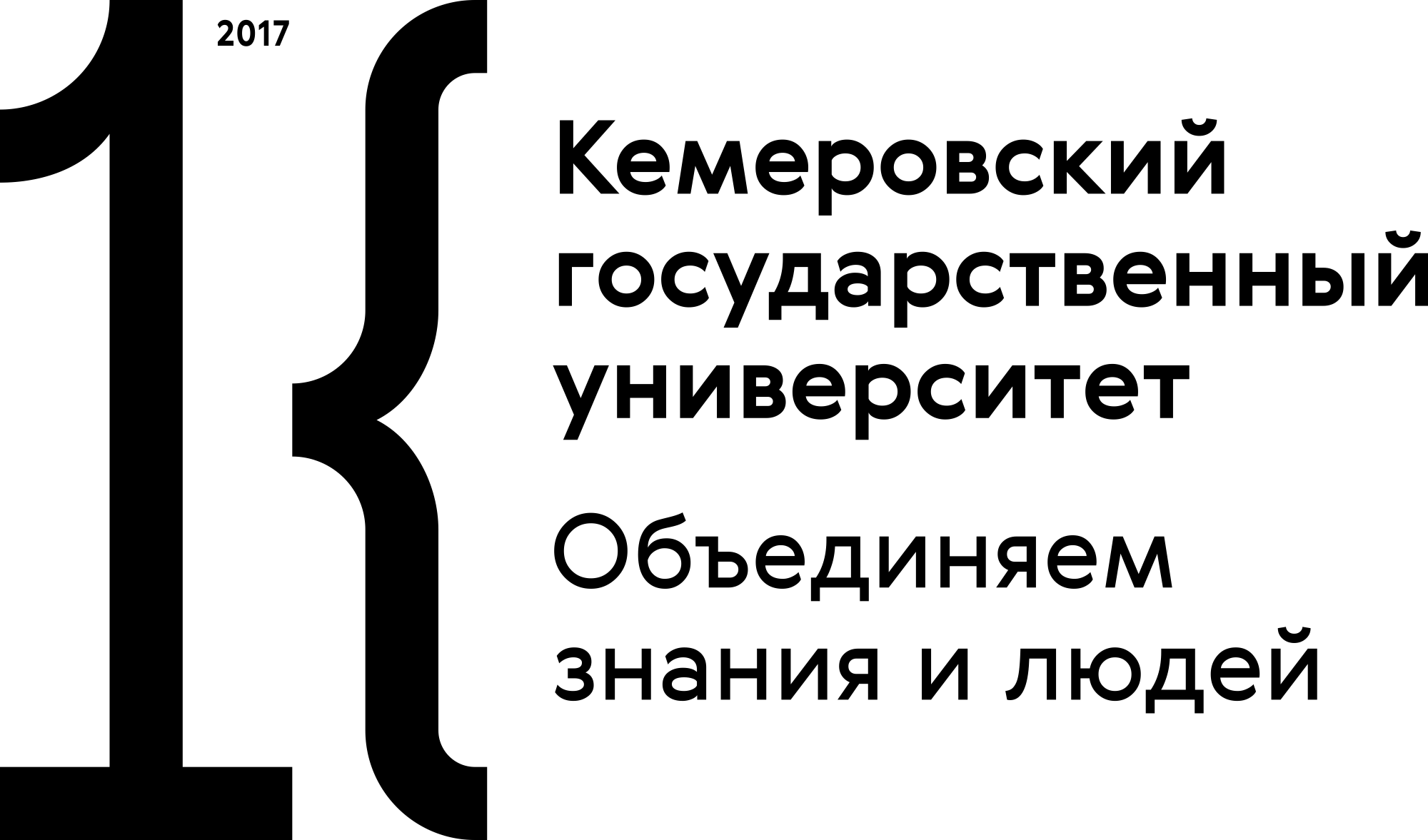Уральский государственный лесотехнический университет
Екатеринбург, Свердловская область, Россия
A method for determining the stress resistance of slaughter animals by measuring the electric conductivity of the Tan-Fu biologically active point has been developed. The possibility of preventing the formation of signs of PSE and DFD properties in meat of stress-sensitive animals through the inclusion of succinic acid and a motherwort extract into their diet has been explored. A method for predicting the quality of meat of slaughter animals while they are alive has been developed. The possibility of using electrochemically activated water for proving consumer properties of meat products from feedstocks exhibiting an anomalous autolysis behavior has been explored.
meat with anomalies in autolysis, stress of slaughter animals
INTRODUCTION
At present, the problem of identification, prevention, and processing of meat feedstock exhibiting an anomalous autolysis behavior—the so-called meat with PSE (pale, soft, and exudative; pH < 5.2), DFD (dark, firm, and dry; pH > 6.4), and RSE properties (red, soft, and exudative; pH = 5.5)—is of high priority [1].
According to calculations of scientists, about 800 000 tons of DFD beef and 1 125 000 tons of PSE pork are used annually at domestic enterprises (the data are based on calculations of the NP Konsalting). It is obvious that the major portion of this meat makes the production of quality products problematic. For example, the use of PSE meat leads to an increase in the moisture loss during heat treatments and to the occurrence of a pale color, a sour taste, and an unusual texture of this type of product. Although DFD meat exhibits high moisture-retaining capacity (MRC) and water binding capacity (WBC), the use of this meat results in an increase in the duration of salting and the formation of a harsh texture of the product. Therefore, it is recommended that meat with signs of PSE properties in combination with DFD meat, plant protein preparations, and alkaline phosphates should be used in the uncooked smoked sausage technology. Meat with DFD properties is used in the production of cooked sausages, frozen ready-to-cook foods, and meat products with high yields.
The formation of meat with anomalies in autolysis is caused by a variety of factors and can occur during both production and processing [2, 3].
A significant effect on the probability of occurrence of defects is exerted by the fat content in the feedstock, which is true for both pork and beef. The probability of occurrence of DFD properties is high in beef containing less than 4% of muscle fat. Selective breeding of meat-type pigs aimed at changing the ratio between the muscle and fat tissues (from 1 : 1 to 1 : 0.5) has led to an increase in the amount of exudative and dense dry pork [4].
Another case of the formation of meat with a non-conventional quality is the violation of hormonal homeostasis of animals owing to hormonal stimulants (reproductive hormones and their counterparts in the form of synthetic hormone-like compounds) that are used to accelerate the growth and development processes and improve the digestibility of the feeding stuff.
One of the factors of the formation of meat with an abnormal quality is the lack of protein and minerals in the diet and physical inactivity in the case of an intensive technology of breeding and feeding of farm animals.
1. Rogov, I.A., Zharinov, A.I., Tekut´eva, L.A., and Shepel´, T.A., Biotekhnologiya myasa i myasoproduktov (Biotechnology of Meat and Meat Products), Moscow: DeLi print, 2009.
2. Krishtafovich, V.I., Kolobov, S.V., and Yablokob, D.I., Potrebitel´skie svoistva myasa s otkloneniyami v protsesse avtoliza (Consumer properties of meat with anomalies in autolysis), Myasnaya Industriya (Meat Industry), 2005, no. 1, pp. 3033.
3. Zharinov, A.I. and Kudryashov, L.S., Chto nuzhno znat´ o parnom myase (What we should know about slaughterwarm meat), Myasnaya Industriya (Meat Industry), 2005, no. 7, pp. 1619.
4. Tatulov, Yu.V., Kosacheva, T.V., and Kuznetsova, S.A., Vliyanie stressa na kachestvo myasnogo syr´ya (Effect of stress on the quality of meat feedstock), Myasnaya Industriya (Meat Industry), 2009, no. 7, p. 55.
5. Tikhonov, S.L., Stress i kachestvo myasa (Stress and Quality of Meat), Troitsk: UGAVM, 2007.
6. Tikhonov, S.L., Tikhonova, N.V., Sunagatullin, F.A., and Stepanov, A.V., RF Patent 2 292 197, 2005.
7. Everly, G.S., The organ specificity score as a measure of psycho-physiological stress reactivity, Doctoral Dissertation, University of Maryland, 1978 (unpublished).
8. Levi, L., Stress, distress, and psychosocial stimuli, in Occupational Stress, McLean, A., Ed., Springfield, Ill.: Thomas, 1974.
9. Vigas, M., in Catecholamines and Stress: Recent Advances, Ser. Developments in Neuroscience, Usdin, E., Kvetnansky, R., and Kopin, I.J., Eds., New York, Amsterdam, Oxford: Elsevier, 1980, vol. 8, pp. 573578.
10. Eikelenboom, G., Smuldes, F.J.M., and Ruderus, H., The effect of high and low voltage electrical stimulation on beef quality, Meat Science, 1985, vol. 15, no. 4, pp. 247254.
11. Hawrysh, Z.J., Shand, P.J., and Wolfe, F.N., Effects of low voltage electrical stimulation on the quality of the round from young and mature cows, Canadian Institute of Food Science and Technology Journal, 1986, vol. 19, no. 3, pp. 121129.
12. Kudryashov, L.S., Gurinovich, G.V., and Potipaeva, N.N., RF Patent 2 092 836, 1997.
13. Tatulov, Yu.V., Nemchinova, I.P., and Loseva, N.A., Kachestvennye kharakteristiki syr´ya myasnoi promyshlennosti v SSSR i za rubezhom (Quality characteristics of feedstock for meat industry in the USSR and abroad), in Myasnaya i kholodil´naya promyshlennost´: Peredovoi nauchno-proizvodstvennyi opyt, rekomenduemyi dlya vnedreniya (Meat and Refrigeration Industry: Advanced Research and Production Experience Recommended for Implementation), Moscow: AgroNIITEImyasomolprom, 1990, issue 2, pp. 2226.
14. Lapshina, A.A., Tikhonov, S.L., Pershina, E.I., and Kudryashov, S.L., Sposob sortirovki myasa na gruppy kachestva PSE, DFD i NORM (A method for sorting meat into PSE, DFD, and NORM quality groups), Myasnaya Industriya (Meat Industry), 2012, no. 9, pp. 2427.











